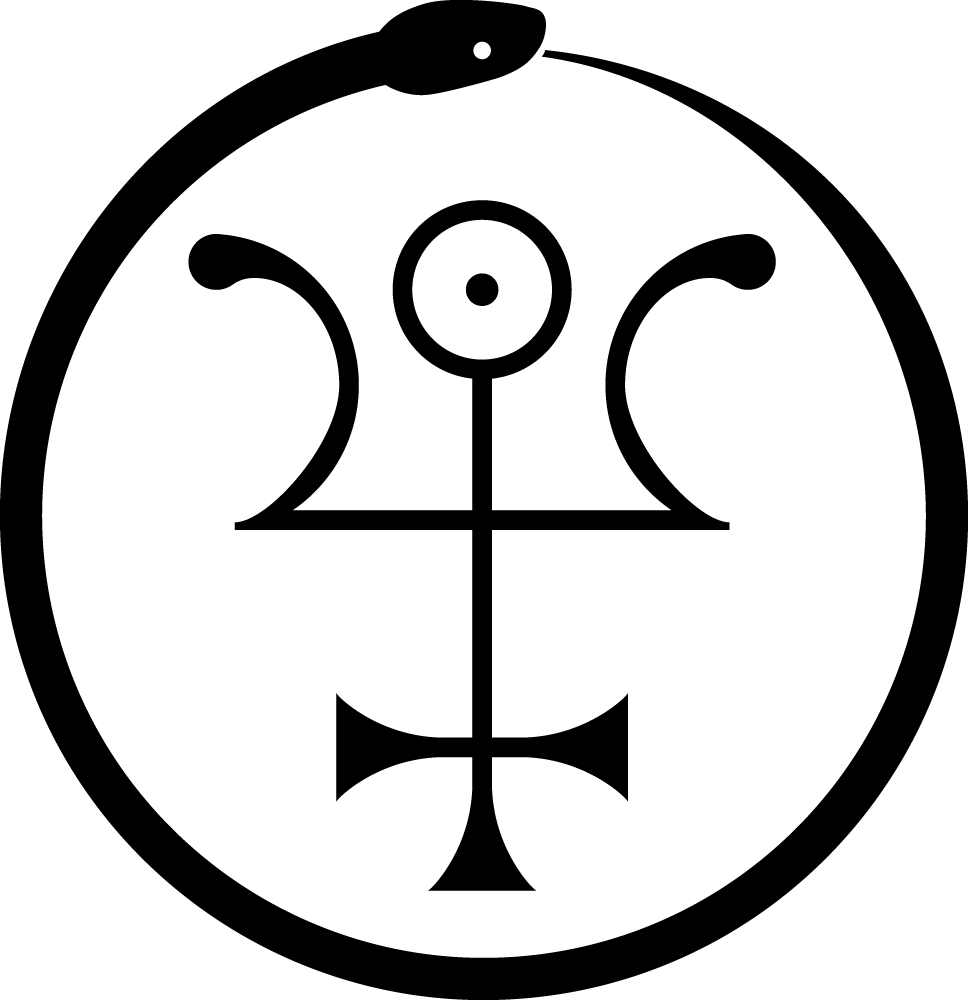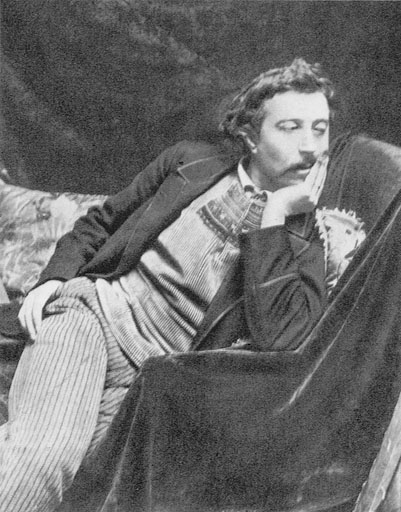Eugène Henri Paul Gauguin
(1848-1903 e.v.)
by T. Apiryon
French painter, leader of the post-impressionist school and the synthesist movement.
Gauguin resigned from a successful career as a Parisian stock broker to devote himself to painting, though he had little formal training therein. He was extremely unsuccessful at first, and rapidly lost all his money as well as his wife and five children.
After relatively brief stints in Martinique and Brittany, he moved to Tahiti in 1891, where he took a native girl as his wife and moved into a small cottage, which he named the “House of Carnal Pleasure,” and which he proceeded to completely fill with his paintings. He spent most of the remainder of his life in relative seclusion with his loves and his painting, in which he sought to discover and reveal “pure nature.”
The life of Paul Gauguin provides us with an example of a man who flouted convention and abandoned material succcess in order to pursue his true will; and in so doing, transformed western culture. Crowley strongly identified with Gauguin, both as a painter and as an initiate; and he formally added Gauguin’s name to the list of Saints in 1921 e.v.
References:
Benton, William (Publ.); Encyclopaedia Britannica, 1768/1973
Burnett, Robert; The Life of Paul Gauguin, Oxford Univ. Press, NY 1937
le Pichon, Yann; Gauguin: Life, Art, Inspiration, translated by I. Mark Paris, Harry N. Abrams, Inc., NY 1986
Symonds, John; The King of the Shadow Realm, Gerald Duckworth & Co. Ltd., London 1989
Original Publication Date: 2/1/97
Originally published in Red Flame No. 2 – Mystery of Mystery: A Primer of Thelemic Ecclesiastical Gnosticism by Tau Apiryon and Helena; Berkeley, CA 1995 e.v.

